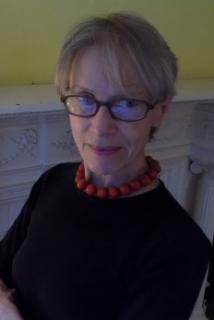Dr Helen Walasek

Restoring cultural heritage after ethnic cleansing: return and rebuilding in post-conflict Bosnia-Herzegovina
Abstract
The greatest part of the premeditated and systematic destruction of religious and cultural property during the 1992–1995 Bosnian War took place as part of violent campaigns of forced displacement by secessionist forces and their allies in attempts to create mono-ethnic spaces. During these operations (now widely described as ethnic cleansing) structures were deliberately destroyed as the visible symbols of the ethno-religious and community identity of the unwanted populations. Notwithstanding its many contradictions, the 1995 Dayton Peace Agreement aimed to reverse ethnic cleansing and established the right of return for refugees and the displaced to the homes from which they had been forcibly expelled. Despite returning to total destruction and, as so-called ‘minority returns’, to settings of hostility, intimidation and open aggression (despite the presence of multinational peacekeeping forces), the reconstruction of the structures that symbolised their cultural-religious identity became an important act of community ‘restoration’ for returnees, serving, as well, to re-establish their presence in the landscape. Rather than looking at the highly-publicised reconstructions promoted and funded by the international community (like Mostar’s Old Bridge), I consider reconstruction of the destroyed religious heritage by the forcibly displaced that took place without any support from such donors. I also explore how the reconstruction of these structures became a way of bearing witness to the historic existence of expelled groups in a locality, not only by those who returned, but by those who did not, and consider the phenomenon of memorial mosques – those reconstructed where there has been no return.
Biography
Helen Walasek is the author of Bosnia and the Destruction of Cultural Heritage (Routledge 2015) and is an independent researcher, writer and lecturer on cultural heritage in conflict and its aftermath. She is an Honorary Associate Research Fellow at University of Exeter and was Deputy Director of Bosnia-Herzegovina Heritage Rescue (BHHR), the only heritage NGO accredited as a humanitarian aid organisation operating in Bosnia-Herzegovina during the 1992–1995 war. She has been a consultant expert to the Council of Europe, an advisor to the Swedish NGO Cultural Heritage without Borders (CHwB), and an Associate of the Bosnian Institute, London 1998–2007. Her field trips across Bosnia-Herzegovina (2000 and 2001) with archaeologist Richard Carlton were the first post-war assessments of damaged and destroyed historic monuments throughout the country. She was advisor-contributor to the website Targeting History and Memory (www.heritage.sense-agency.com) and is currently co-organising a workshop on prosecuting war crimes against cultural property.



